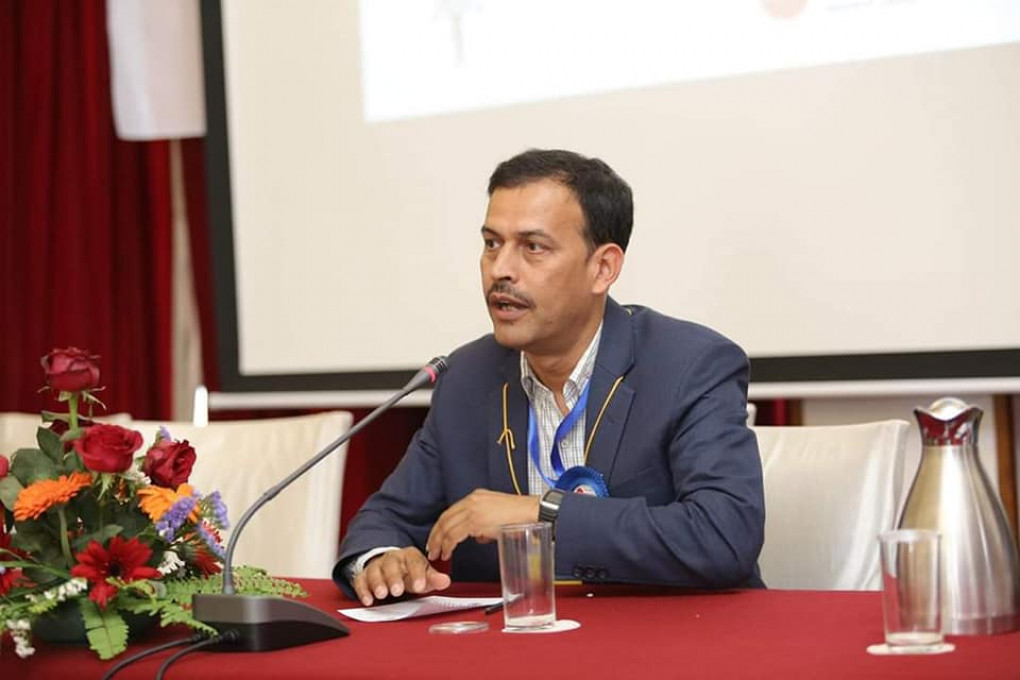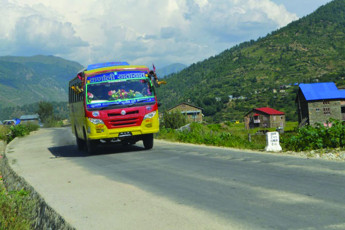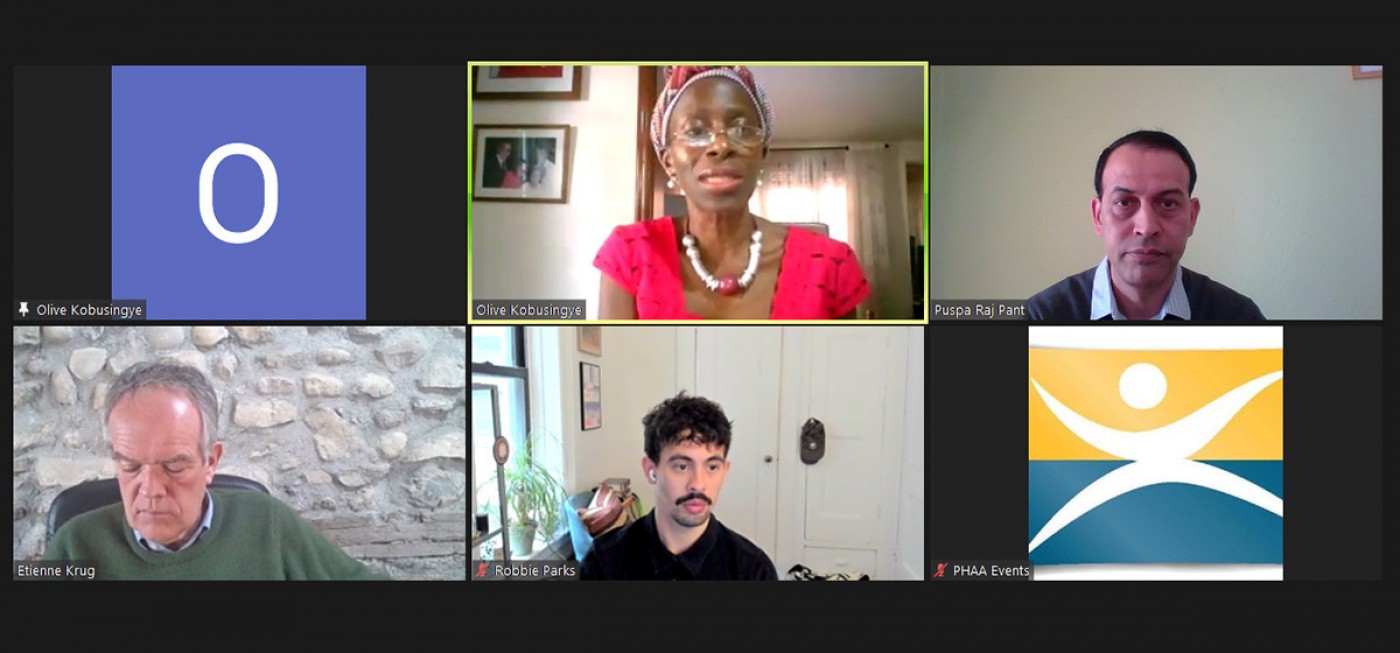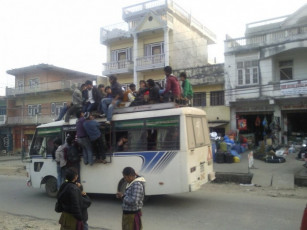Road Accidents Are Not An Ill Fate: We Can Prevent Them
(This article was written on 27 March 2011 at 23:06 and am posting it here without edits; in the past 10 years we have failed to bring positive changes)
As many previous journeys, I was spotting many vehicles wrecked by accidents in different places throughout the East-West highway during my 16-hour bus journey to Dhangadhi from Hetauda. It was a night-bus which comes from Birgunj and leaves Hetauda around 2 pm. Travelling by road is the only option for most of the far-westerners. This becomes a must during the winter season when most of the flights to Dhangadhi are uncertain due to 'bad weather' with less visibility. This time I was travelling alone and I got a seat in the front 'cabin' where I could see the road clearly. As in previous journeys I could see the scenes where there were vehicles left wrecked as a result of road accident. Being a scholar of Injury Prevention, many questions regarding health and safety were coming in my mind – how safe are the vehicles, the roads, the behaviours of the service operators and passengers in general. In addition, I was being reminded of some road accidents that occurred in some other places in the same day from the hourly FM radio news which has become an usual phenomenon in Nepalese road transport system.
In spite of several short-comings, road traffic injury (RTIs) aka 'road mishap' has got a wide range of concern in the recent days in Nepal. The department of traffic management (DoTM); Traffic Police; the Media and general public have become alarmingly aware about the incidents occurring daily.
It has been accepted that road mishaps result in at least 5 deaths daily in Nepal. According the reports of the Valley Traffic Police, every day about a dozen of road crashes take place in Kathmandu valley only injuring at least 10 persons daily. This data shows that for each death resulted by RTIs in Kathmandu accounts for 25 injuries. Many of the family and friends back at home or at work are also traumatised with these incidents occurring regularly. This clearly indicated the magnitude and impacts of each and every incident of road traffic accident.
Motorbikes, in general opinion about such accidents, are considered to be the most precarious means of transport and also result in highest fatality in case of an accident. But the other kinds of vehicles also become equally unsafe in absence of adequate attention towards the safety of their occupants as well other road users. The deceased or sufferers ranged from infants to elderly, and were student, homemaker, police, journalist, petty trader/vendor, actor, doctor, government worker or so on. With the expanding road networks, such news also comes from most remote areas also. It is true that road network is the gateway of development where everyone has access to different destinations of their livelihoods but it also brings the misery of death and injury. Accidents are still perceived as predestined events in human life for many people in Nepal.
I have observed that there are many loopholes that continuously boosting up the number of such accidents. Many of them are related to policy and planning and many are related to implementation and our (road users) own behaviours. It is true that the government is responsible for planning, implementing and monitoring the road rules but the government itself doesn’t use the road! There are several regulatory acts adapted by the government to insist road safety. Above all, good citizens should always comply with the existing regulation of road safety! The driver, passengers/occupants, pedestrians, cyclists, motor-cyclists, residents and other road users are equally responsible to minimise such accidents.
At this point, we all should think of our own behaviours and transform it because that would save many lives of our own family members, relatives and friends from an untimely demise. On the other hand, it would save our money and time required to treat and care for the sufferers. Below, there are some observations on our behaviours. It is us who are doing some mistakes as a passenger, as a driver or a motorbike rider, as a general public or a service operator/owner.
Apart from above arguments on us, these observations are also for the responsible authorities. I think there is a gap between the policy makers and the public or transport operators. For an example; the private service operators obviously have a prime motive of profit making. When a bus or a microbus becomes overcrowded there is more profit. If it only carries limited number of passengers then the profit is diminished. In many rural bus service routes there is one or two service a day and everyone is forced to squeeze in or ride on the hood to accomplish the journey. This group of service operator need to teach that this is giving them some money but reducing the age of their own vehicle. They could reduce the maintenance cost by transporting load within the manufacturer's limit. If so they need not to pay extra penalty, perhaps overload vehicle consume more fuel. If the service is comfortable and pleasant their services automatically become popular and people may pay little more. In this way they can make the same amount of money in a wonderful approach of customer service.
As mentioned above, any accident is considered as a result of fate and unavoidable incident in Nepalese society. But many of them can be avoided or minimised with some improvements in the existing culture, these are not only the result of an 'ill fate'.
By Puspa Raj Pant, PhD Scholar (Injury Prevention), University of the West of England, Bristol, puspa.pant@uwe.ac.uk








1592308051.png)